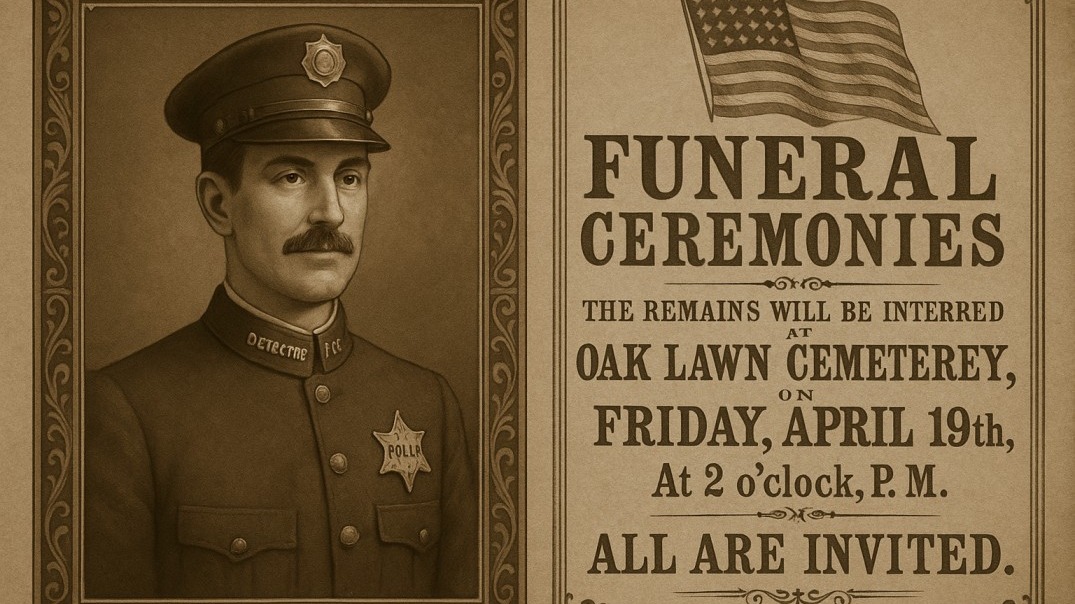
The Tense Incident: A Timeline of Events
On April 14, 2025, chaos erupted in San Ysidro when 37-year-old Enrique Cortez Jr. brandished a handgun at a bicyclist, setting off a series of alarming events that would culminate in a police pursuit and ultimately, tragedy. The details revealed by body-worn camera footage show a harrowing progression: Cortez initially threatened the cyclist and discharged a shot, all the while eliciting immediate police response.
Chaos on the Freeway: The Pursuit Begins
As the situation escalated, Cortez took to the roads in his pickup truck, evading police while firing shots into the air during a freeway pursuit, which put innocent lives at risk. Such reckless behavior raises significant concerns about the balance between public safety and the need for police forces to act decisively. With growing public scrutiny on policing and use of force, the response to high-risk incidents like this one becomes simultaneously more complex and more critical.
The Role of Technology in Enforcement
This incident highlights the importance of technology in law enforcement today. The use of body cameras provided crucial visual and auditory evidence as the events unfolded. As seen in the footage released by the San Diego police, these cameras can capture pivotal moments that inform both policing practices and public perception. In recent years, technology has emerged as a double-edged sword in policing, enhancing transparency while also inviting greater scrutiny.
Public Safety and Policymaking: Responses to Violence
In the aftermath of incidents involving police shootings, conversations about public safety and systemic reform intensify. Policymakers must grapple with the deeply ingrained issues of police accountability, community relations, and the training provided to officers on proper use of force. In this case, the investigation being handled by the county Sheriff’s Office ensures a check on the police department, which is a practice advocated widely to foster police accountability.
The Emotional Cost of Violence on Communities
This tragic event affects more than just the individuals directly involved; it reverberates throughout the community. Residents witness the turmoil, leading to heightened anxiety and distrust toward law enforcement. The emotional toll on police officers engaged in such encounters also cannot be overlooked, as they must navigate their roles and mental health in the aftermath of deadly encounters. Officer wellness must be a focal point in discussions about systemic improvements to policing.
Future Directions in Law Enforcement Practices
As law enforcement agencies look to the future, an evolving landscape suggests that both community engagement and technological innovation will shape new policing paradigms. There's a growing awareness that approaches must transcend traditional methods to foster trust and transparency. The integration of community policing strategies, combined with the innovative use of police technology, also points to potential paths for resolving ongoing tensions.
The Need for Reform: Lessons Learned
While every incident is unique, the broader implications surrounding police use of force continue to stimulate discussions regarding reform. Training programs evolving toward de-escalation tactics, rooted in a greater awareness of community engagement, can help prevent future tragedies. Each case, such as Cortez’s concerning the use of deadly force, serves as a grim reminder of the essential nature of establishing trust between law enforcement and the public they serve.
In conclusion, as we pull together insights from this alarming incident, it becomes clear: the journey towards a reformed law enforcement paradigm leads through layered discussions surrounding police accountability, officer wellness, community relations, and the sophisticated tools at our disposal. Now is the time to advocate for policies that strengthen the relationship between law enforcement and our communities.
 Add Row
Add Row  Add
Add 

 Add Element
Add Element 




Write A Comment